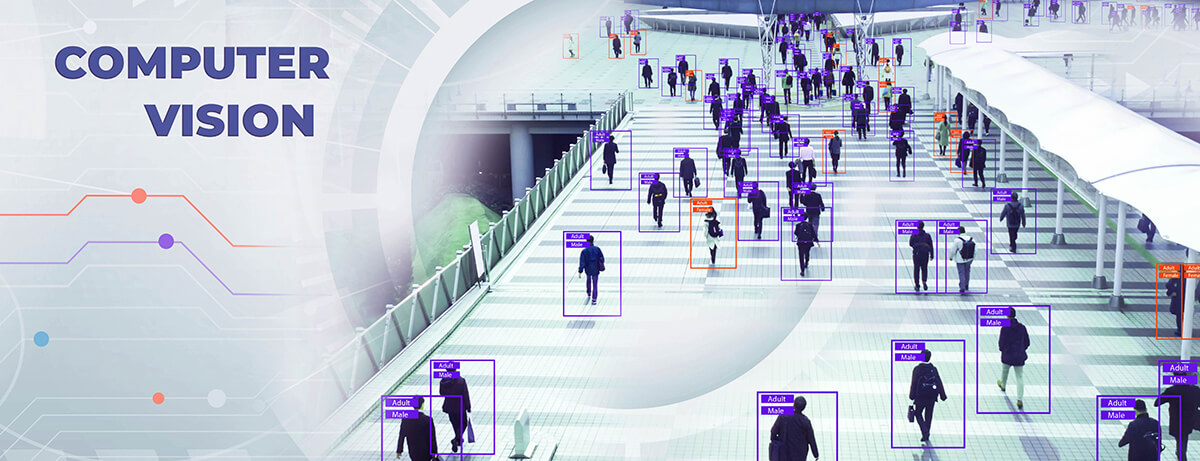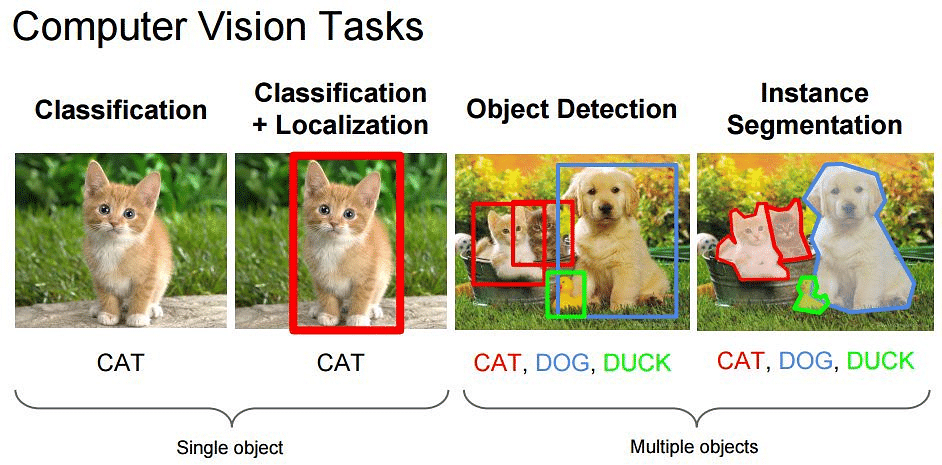Initial Idea 2
Introduction
Computer Vision
Computer vision is a field of artificial intelligence (AI) that enables computers and systems to derive meaningful information from digital images, videos and other visual inputs — and take actions or make recommendations based on that information. If AI enables computers to think, computer vision enables them to see, observe and understand. (IBM, 2023)
 |
| (Deep North, 2022) |
A computer vision system has three levels of operation as follows.
- Acquiring
images: First
of all, a computer vision system acquires images or videos or other forms
of visual input (like scans) from a camera or sensor. The captured
images/video/streams are transferred to a computer system stored for
further processing.
- Processing
the images: The
raw images need to be prepared to represent appropriate data. This is done
by pre-processing images like reducing noise, adjusting contrast,
re-scaling, and cropping the images. Most of these jobs are automated
within a computer vision system. Some of these steps are already performed
at the hardware level. In contrast, others are performed using suitable
filters within a convolution network or applying suitable image processing
functions to the captured raw data.
- Understanding
images: This
is the most important part of a computer vision system. It is the
implementation of the actual computer vision task using either a
conventional style of image processing or the help of a deep learning
model. (Agnihotri, 2023)
Milestone of Computer Vision:
1966 – Marvin Minksy instructed a graduate student to connect a camera to a computer and have it described what it sees.
1980 – Kunihiko Fukushima built the ‘neocognitron’, the precursor of modern Convolutional Neural Networks.
1991-93 – Multiplex recording devices were introduced, together with cover video surveillance for ATM machines.
2001 – Two researchers at MIT introduced the first face detection framework (Viola-Jones) that works in real-time.
2009 – Google started testing robot cars on roads.
2010 – Google released Goggles, an image recognition app for searches based on pictures taken by mobile devices.
2010 – To help tag photos, Facebook began using facial recognition.
2017 – Apple released the iPhone X in 2017, advertising face recognition as one of its primary new features. (Research, 2020)
 |
| (Simplilearn, 2023) |
Here are a few examples of established computer vision tasks:
- Image classification sees an image and can classify it (a dog, an apple, a person’s face). More precisely, it is able to accurately predict that a given image belongs to a certain class. For example, a social media company might want to use it to automatically identify and segregate objectionable images uploaded by users.
- Object detection can use image classification to identify a certain class of image and then detect and tabulate their appearance in an image or video. Examples include detecting damages on an assembly line or identifying machinery that requires maintenance.
- Object tracking follows or tracks an object once it is detected. This task is often executed with images captured in sequence or real-time video feeds. Autonomous vehicles, for example, need to not only classify and detect objects such as pedestrians, other cars and road infrastructure, but they also need to track them in motion to avoid collisions and obey traffic laws.
- Content-based image retrieval uses computer vision to browse, search and retrieve images from large data stores, based on the content of the images rather than metadata tags associated with them. This task can incorporate automatic image annotation that replaces manual image tagging. These tasks can be used for digital asset management systems and can increase the accuracy of search and retrieval. (IBM, 2023)
Reference list:
Agnihotri, N. (2023) How computer vision works, Engineers Garage. Available at: https://www.engineersgarage.com/how-computer-vision-works/ (Accessed: April 19, 2023).
Deep North (2022) A short guide on Computer Vision and its various applications. Available at: https://www.deepnorth.com/de/resource_posts/a-short-guide-on-computer-vision-and-its-various-applications/ (Accessed: April 19, 2023).
IBM (2023) What is Computer Vision?. Available at: https://www.ibm.com/uk-en/topics/computer-vision (Accessed: April 19, 2023).
Research, G.D.T. (2020) History of computer vision: Timeline, Verdict. Available at: https://www.verdict.co.uk/computer-vision-timeline/ (Accessed: April 19, 2023).
Simplilearn (2023) What is Computer Vision: Applications, benefits and how to learn it, Simplilearn.com. Simplilearn. Available at: https://www.simplilearn.com/computer-vision-article (Accessed: April 19, 2023).
Comments
Post a Comment